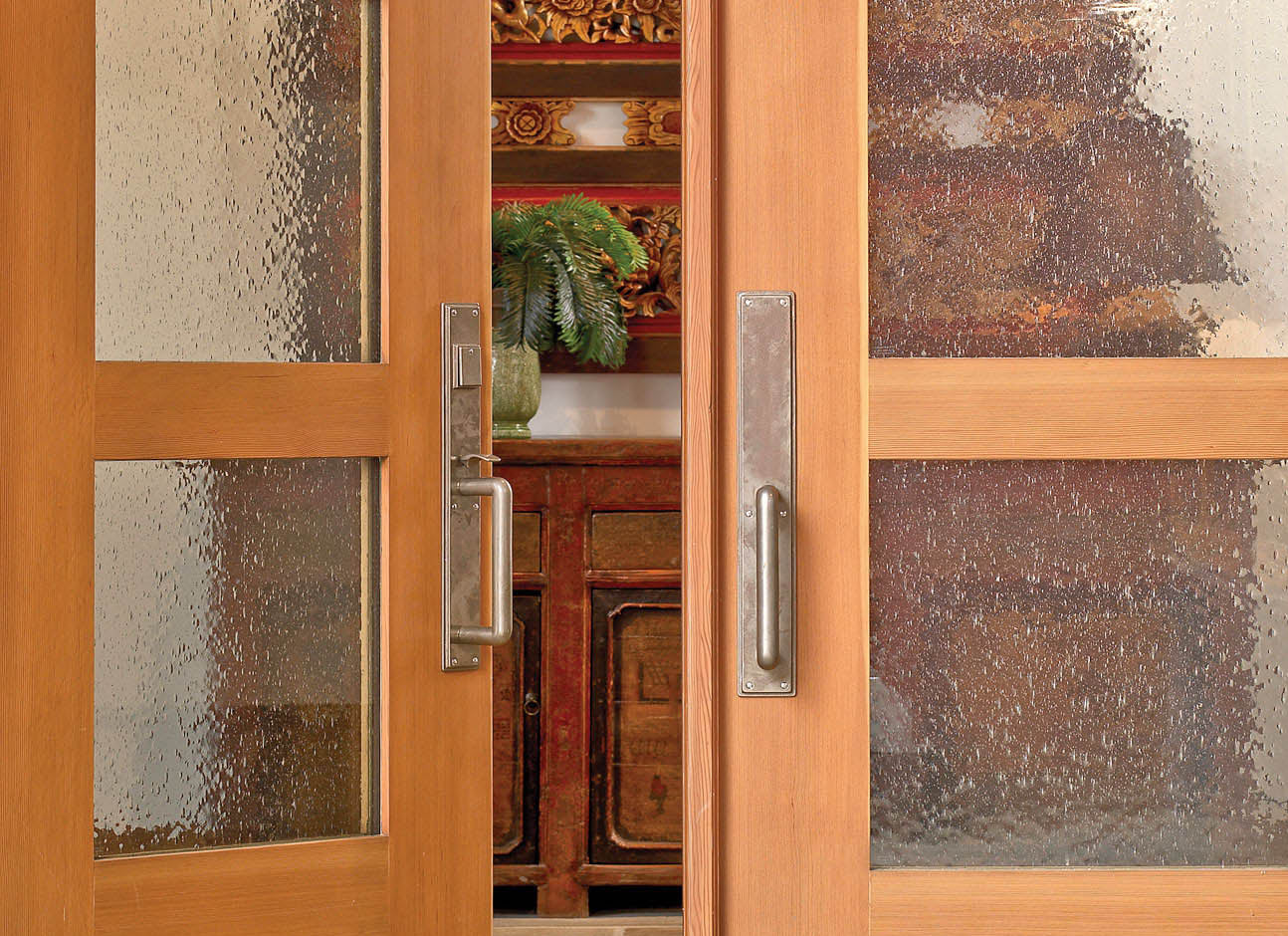
Everything You Need to Know to Pick Out an Entry Set
With different types, styles, materials, and more, picking out an entry set can seem like a daunting task. Don't fret! Here we will walk you through the selection process and help you choose a winning entry set for your door.
Types of Entry Sets
Tubular Entry Sets
Tubular entry sets are found on most front doors. They are easy to install and more economically priced than mortise sets. They require 2-1/8" round bores to be drilled through the face of the door.
Mortise Entry Sets
Mortise sets are characterized by a large mortise box that is installed into the door. These sets boast added security and extra features such as locking automatically. They are typically about twice the price of tubular sets and require a professional for installation.

Dummy Entry Sets
Dummy entry sets are non-functioning sets designed for double doors. They look nearly identical to the active set, but do not have a functioning deadbolt or thumb press.
Electronic Entry Sets
Recently, electronic entry sets have entered the market bringing advanced features like keyless entry and remote locking. These sets are great for tech savvy buyers who don't like the hassle of keys. Currently, electronic locks are only available as tubular entry sets.
Materials and Finishes
One of the most common questions we get asked is, "what is going to last?" The large majority of our manufacturers make their hardware from high quality materials like brass, bronze, and stainless steel. However, coastal environments like San Diego can be very harsh on hardware and finishes.
To our customers near to the coast, we usually recommend three options; stainless steel, solid bronze, or lifetime PVD finishes. Stainless steel is a very hardy material. However, contrary to popular belief it can rust or stain. Luckily, it is relatively easy to maintain and restore. Solid bronze will not rust, however it will change color. The change can vary significantly depending on the finish, location, and frequency of use. Most commonly, it will darken and/or turn to a beautiful turquoise color. This shift in color is called a patina and is typically viewed as desirable by those wanting a traditional or old world appearance. Lastly, PVD (aka lifetime) finishes go through a high-tech plating process to create an extra durable finish that resists the elements. The most notable of the PVD finishes are the Lifetime finishes by Baldwin Hardware. These top quality finishes are guaranteed not to tarnish for 100 years.
Entry Set Styles

From left to right: Sectional (Emtek Baden), 3/4 Plate (Emtek Davos), Full Plate (Emtek Lusanne)
Sectional Entry Sets
Sectional entry sets have three small plates attaching to the front of the door. They are a good choice for smaller doors, dutch doors, and for when you'd like the hardware to be less prominent.
3/4 Plate Entry Sets
3/4 Entry sets have two plates attaching to the door. These entry sets are a happy medium between sectional and full plate styles.
Full Plate Entry Sets
Full plate entry sets have a single large plate on the exterior side of the door. These entry sets have a stately appearance and are well suited for large or double doors.
The Interior Side
Almost all of our manufacturers allow you to choose from a large selection of knobs and levers for the interior side of the door. The difference is largely aesthetic and up to personal preference, but if you are on the fence between a knob and a lever, we recommend going with a lever as they are typically easier to use. If your hardware will be used by weak or arthritic hands, we highly suggest choosing a lever.

Left: Lever (Emtek Helios), Right: Knob (Emtek Round)
Do you have oil rubbed bronze fixtures outside and satin nickel inside? Many manufacturers will allow you to change the interior finish and even the style to better suite the interior of your home. Please note, these custom changes may increase the lead time of your hardware.
What You Need to Measure
Before ordering your hardware, we'll need to know the following measurements to ensure your entry set is a perfect fit.

Door Thickness
Measure the thickness of your door. Most exterior doors measure 1-3/4", but always check to verify. Old or custom doors are often different.

Backset
Measure the distance from the edge of the door to the center of the existing handleset or hole. Tubular sets typically have a backset of 2-3/8" or 2-3/4" and mortise sets are usually 2-1/2" or 2-3/4". If you have a new door that hasn't been pre-drilled, choose the backset that best centers your hardware within the stile (see below).

Center to Center
For tubular sets, you will need to measure from the center of the top hole to the center of the bottom hole. If there is an existing set in the door, you can measure using the latch and bolt on the edge of the door. 5-1/2" is the most common dimension for entry sets. If your center to center is different, we recommend using a sectional set.

Stile Width
The stile refers to the vertical molding on the door. Measuring its width ensures that your new hardware will fit within it.

Handing
Handing describes which way your door is hinged. To find a door's handing, stand on the outside of the door as if you are walking into the room. Face the door and note which side the hinges are on. For tubular entry sets, you only need to know which side the door is hinged on. For mortise entry sets, both the side it is hinged on and the direction of swing (in swinging or out) are required.


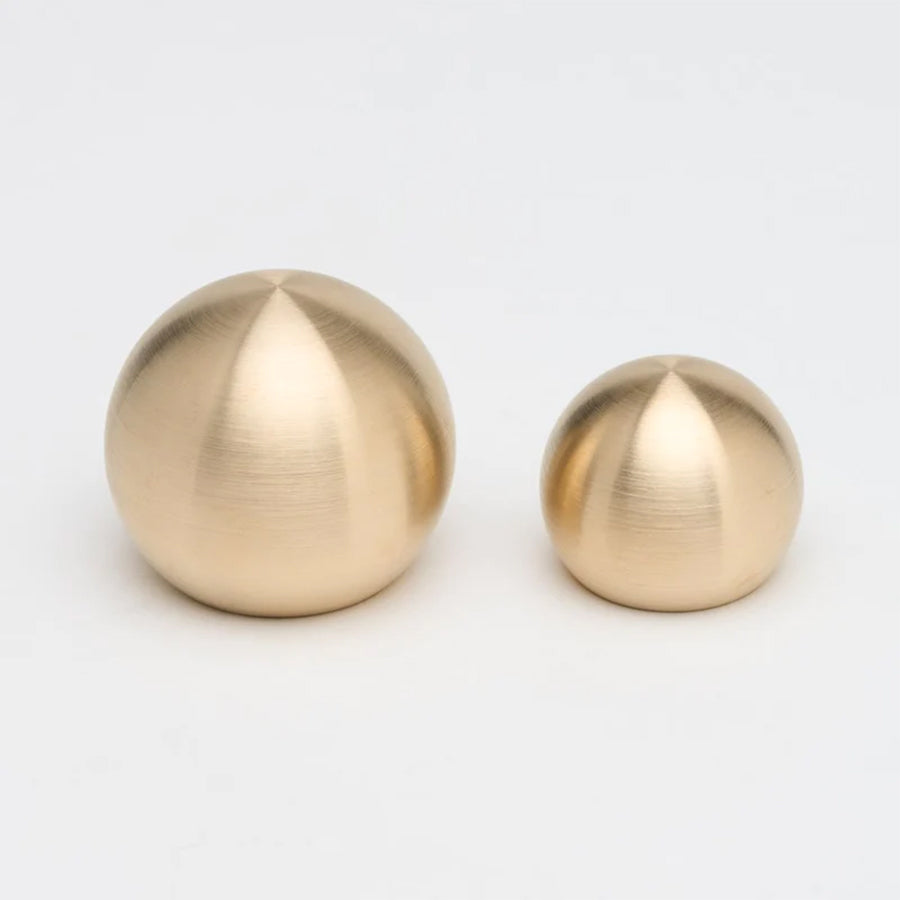
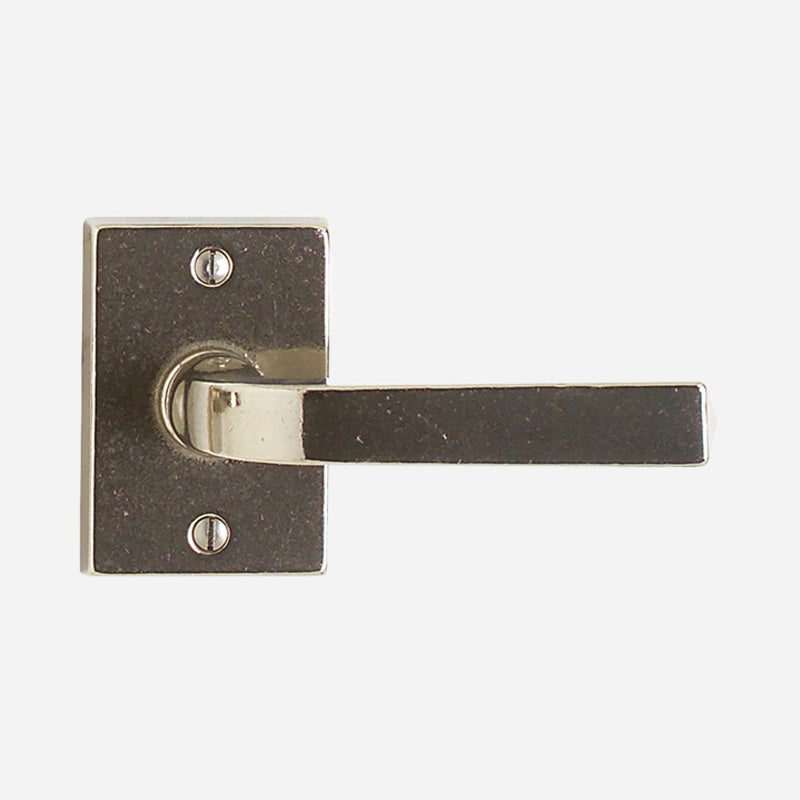
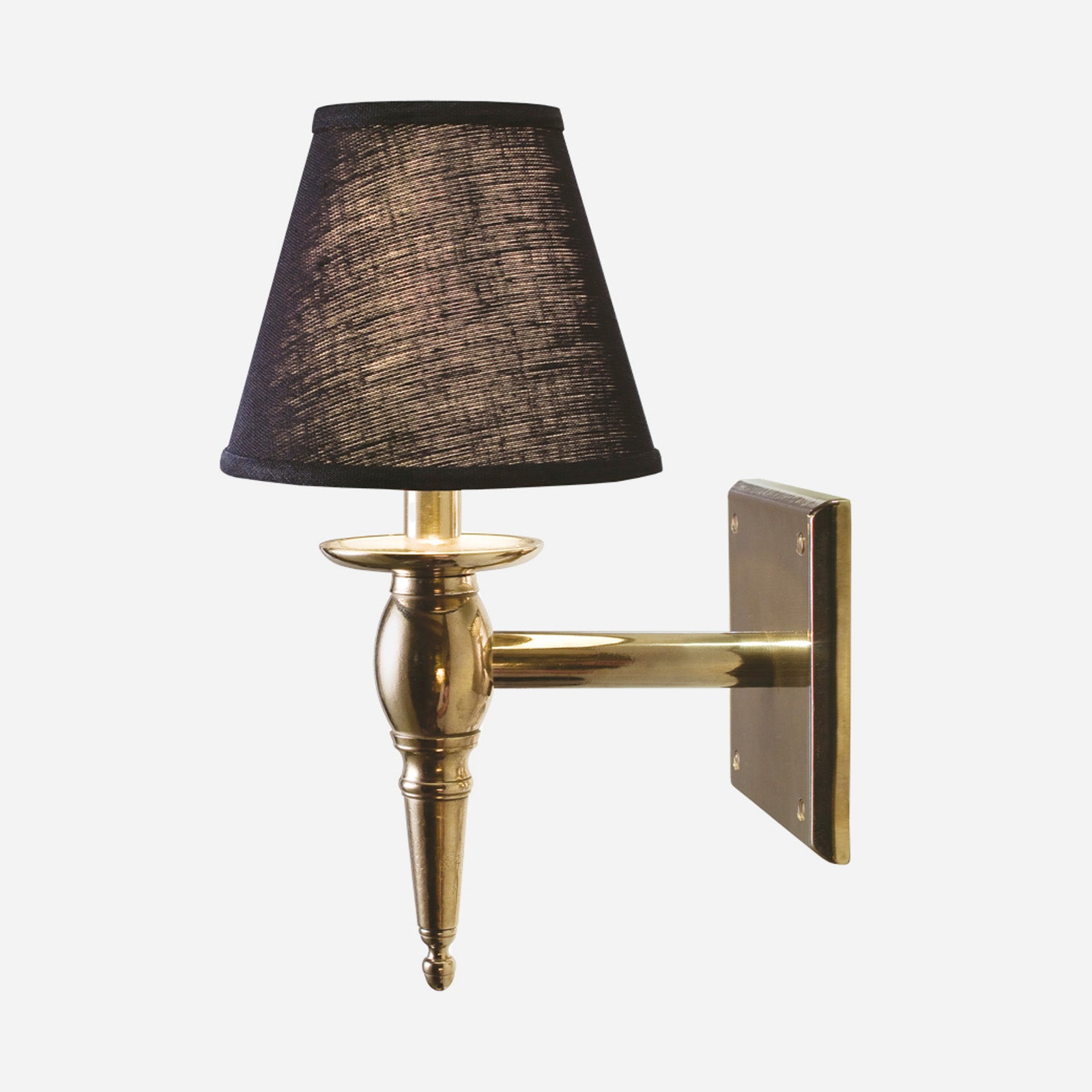
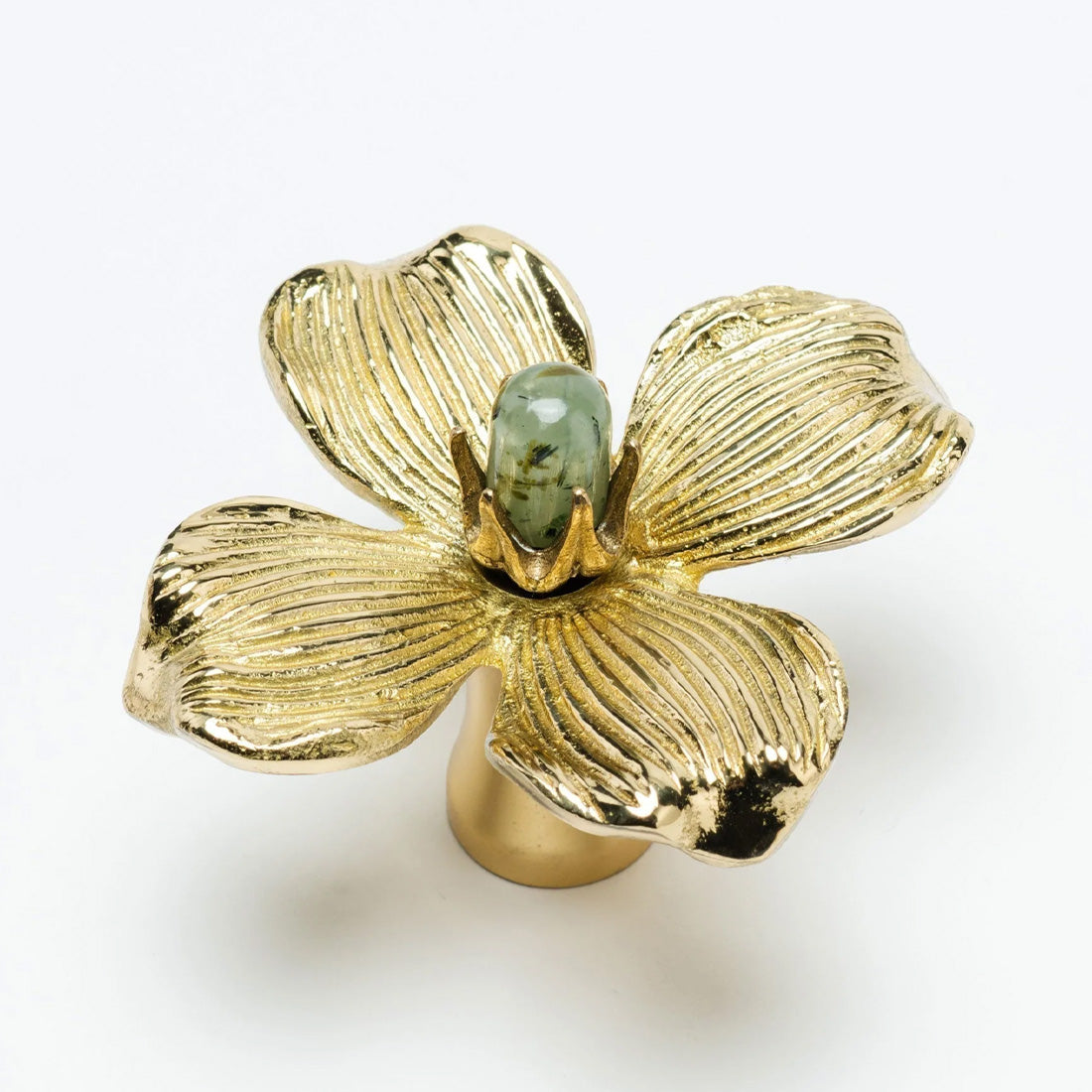
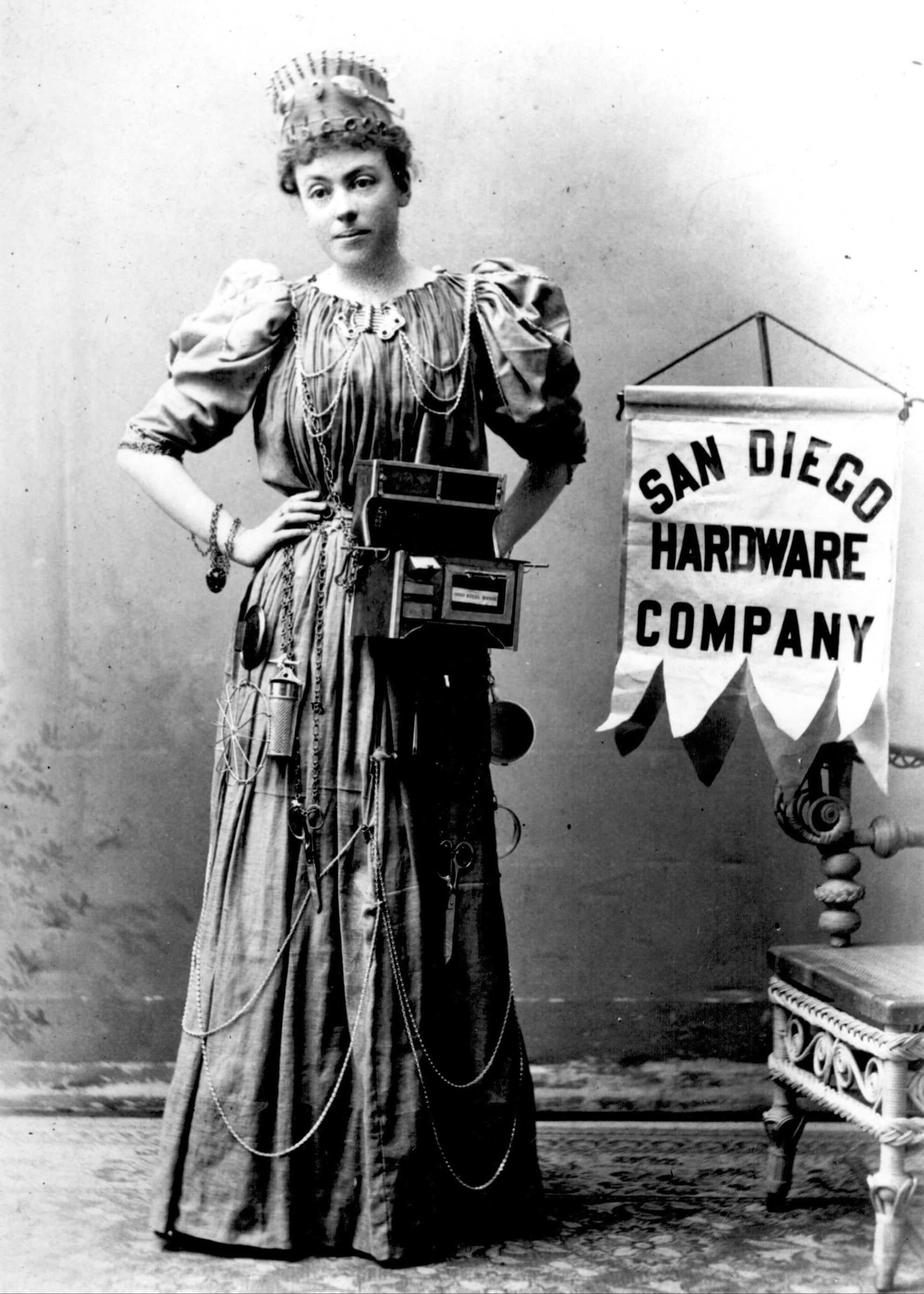
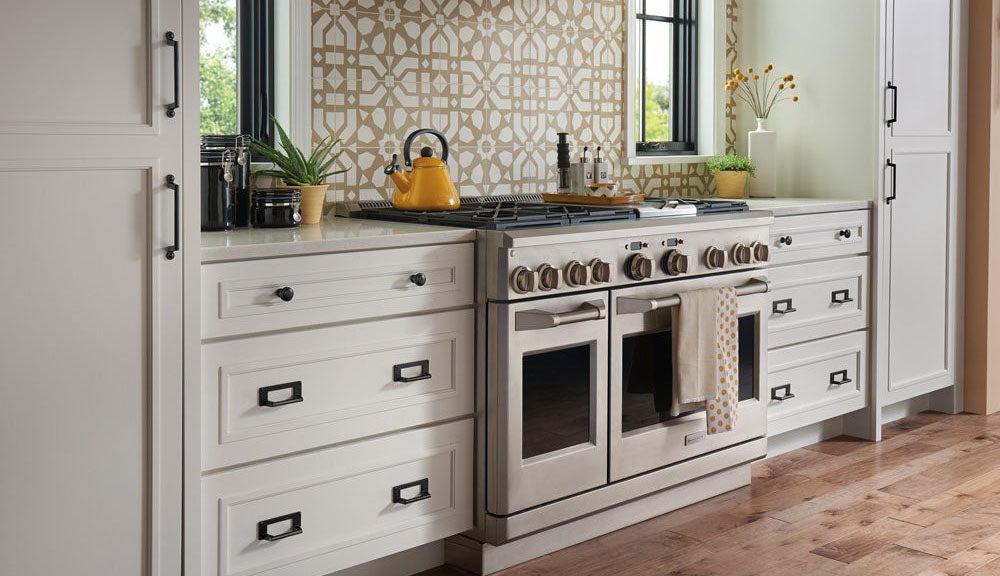
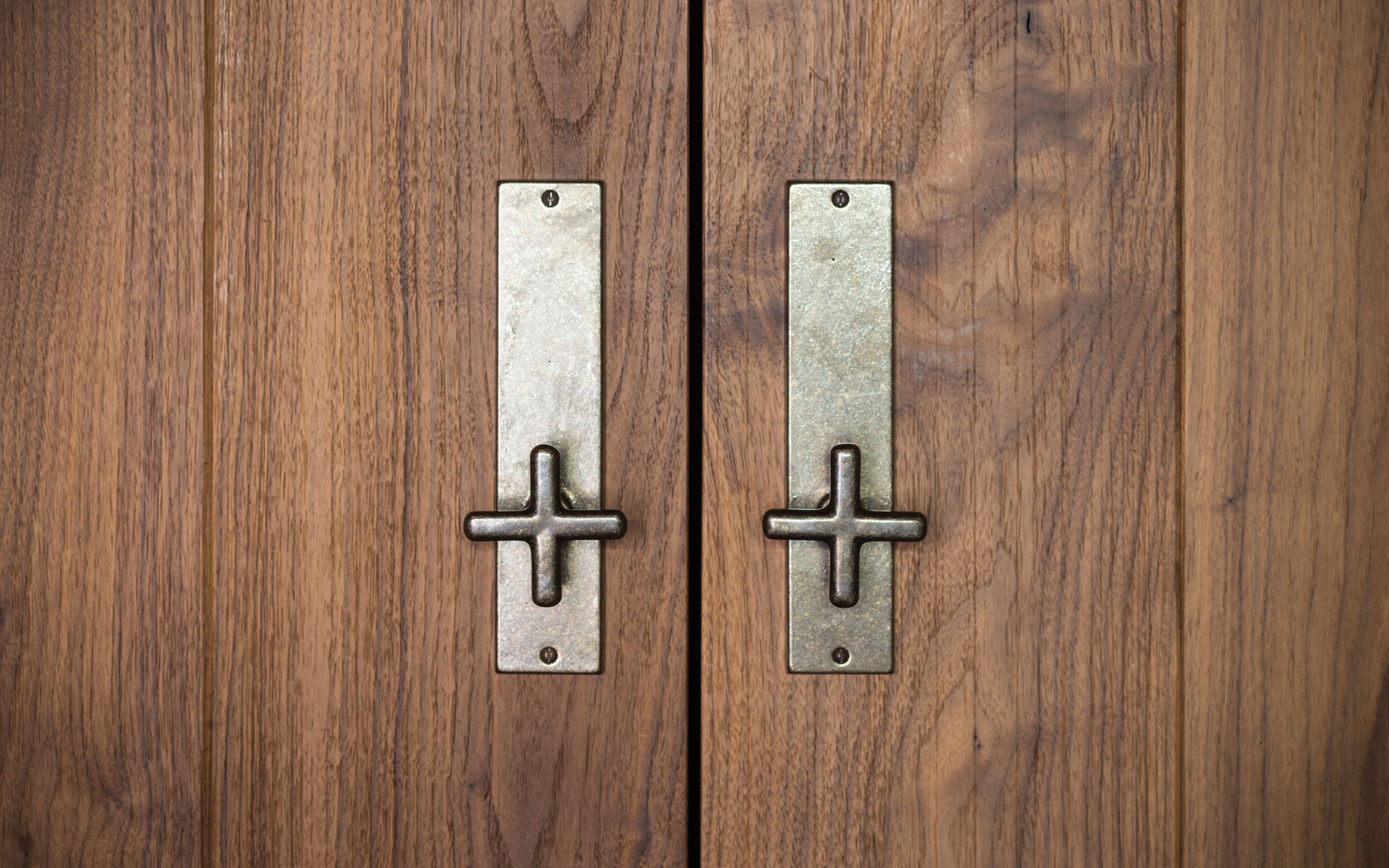
1 comment
Wow! This was such great and clear info!! I almost left the house to visit your store without knowing any of those measurements or technical door-names. Thank you!!
Bev Blaylock
Leave a comment
This site is protected by hCaptcha and the hCaptcha Privacy Policy and Terms of Service apply.